Amazing content delivered at the first time
Think of the scenes in the movie The Matrix, which probably leave many people in awe. In fact, the simplest way to achieve the screen rain effect on a computer is just to use the Linux operating system! Isn’t that impressive?
At the same time, several other commands in the Linux system also have very cool effects that are absolutely breathtaking. Without further ado, let’s get straight to the point!

1. cmatrix Command
First, execute the following command in the Linux terminal to install the cmatrix command:
sudo apt-get install cmatrix
Next is the moment to witness the miracle:
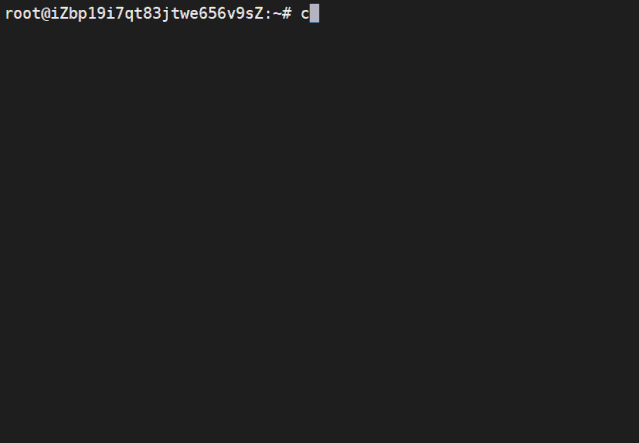
2. sl Command
The result is a train rushing by, the installation command is as follows:
sudo apt-get install sl
The running result is as follows:

3. htop Command
htop is a graphical performance monitoring tool for the Linux operating system, comparable to the task manager in Windows.
The installation command is as follows:
sudo apt-get install htop
The output is a green interface, dynamically displaying monitoring:
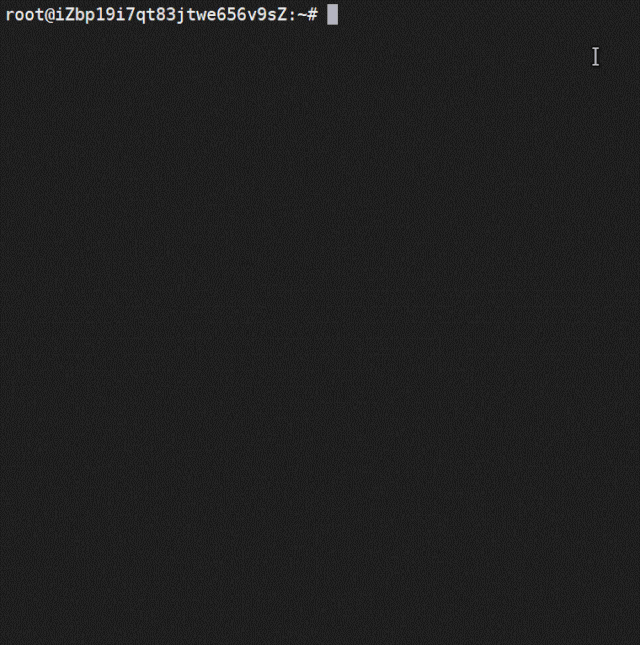
4. hollywood Command
To be honest, this command is probably the one that has gone viral on Douyin, the ‘programmer in your eyes VS the programmer in reality’, the installation command is as follows:
sudo apt-get install hollywood
The execution result is as follows:
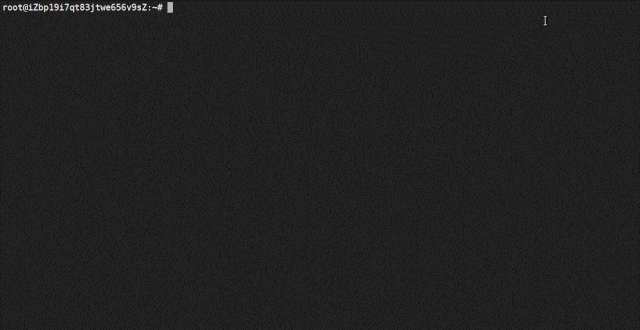
5. cal Command
The cal command is a calendar visualization command in the Linux command line. By entering the corresponding year and month, you can print out the corresponding calendar.
For example, to check the calendar for September 2020, execute the following command:
cal 9 2020
The running screenshot is as follows:

6. cowsay Command
The cowsay command can print out a cow and specify it to say any message. The installation command is as follows:
sudo apt-get install cowsay
For example, to make the cow say “Hello, world”, execute the following command:
cowsay "Hello, world"
The execution result is as follows:
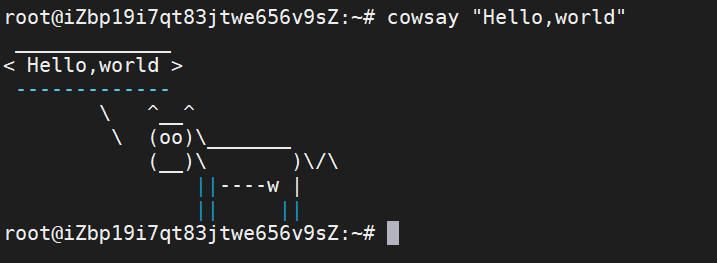
7. aafire Command
The aafire terminal command can output strings that look like they are burning like flames.
The installation command is as follows:
sudo apt-get install libaa-bin
Execute the aafire command in the terminal to see the effect:

8. yes Command
The yes command is a built-in command in the Linux system that can be directly input in the terminal. The function of the yes command is to continuously output the specified string:
Continuously output the string “hello, world” in the Linux terminal:
yes hello, world
The execution effect is as follows:
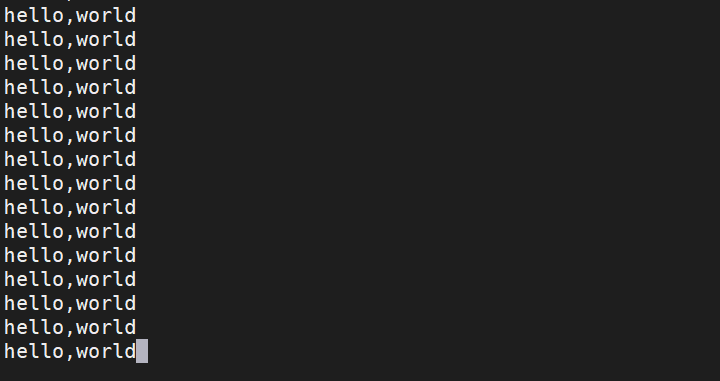
As long as the system is running, it will continuously output the specified string. Pressing Ctrl+c will stop the output.
9. bastet Command
The bastet command allows you to play Tetris under the Linux system, and the installation command is as follows:
sudo apt-get install bastet
The running result is as follows:
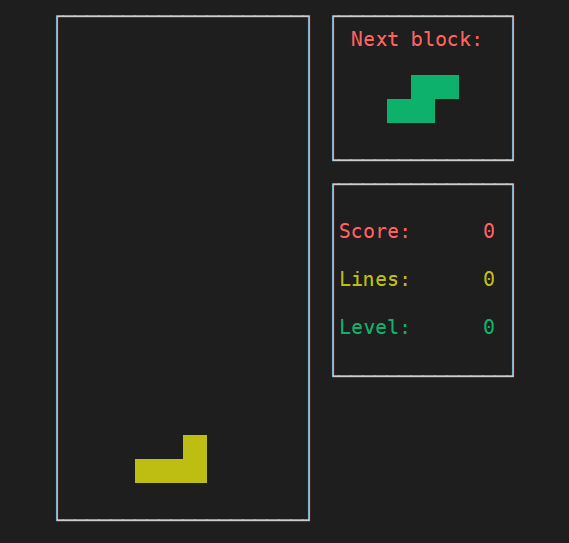
The tenth Linux command has already been turned into a meme, widely circulated. Without further ado, here comes the meme~ Hahaha!

Download 1: OpenCV-Contrib Extension Module Chinese Version Tutorial
Reply "Extension Module Chinese Tutorial" in the "Beginner Learning Visuals" public account background to download the first OpenCV extension module tutorial in Chinese, covering installation of extension modules, SFM algorithms, stereo vision, object tracking, biological vision, super-resolution processing, and more than twenty chapters of content.
Download 2: Python Vision Practical Project 52 Lectures
Reply "Python Vision Practical Project" in the "Beginner Learning Visuals" public account background to download 31 visual practical projects including image segmentation, mask detection, lane line detection, vehicle counting, eyeliner addition, license plate recognition, character recognition, emotion detection, text content extraction, face recognition, etc., to help quickly learn computer vision.
Download 3: OpenCV Practical Project 20 Lectures
Reply "OpenCV Practical Project 20 Lectures" in the "Beginner Learning Visuals" public account background to download 20 practical projects based on OpenCV for advanced learning.
Group Chat
Welcome to join the reader group of the public account to communicate with peers. Currently, there are WeChat groups for SLAM, 3D vision, sensors, autonomous driving, computational photography, detection, segmentation, recognition, medical imaging, GAN, algorithm competitions, etc. (will gradually be subdivided in the future). Please scan the WeChat ID below to join the group, and note: "Nickname + School/Company + Research Direction", for example: "Zhang San + Shanghai Jiao Tong University + Visual SLAM". Please follow the format, otherwise your request will not be approved. After successfully adding, you will be invited to the relevant WeChat group based on your research direction. Please do not send advertisements in the group, otherwise you will be removed from the group. Thank you for your understanding~